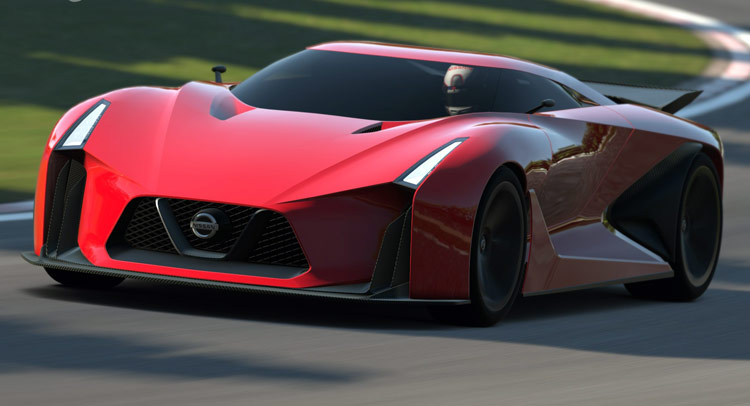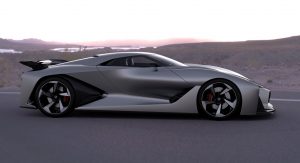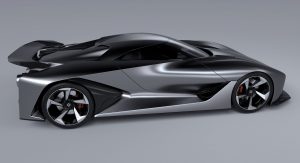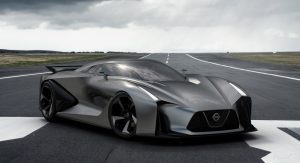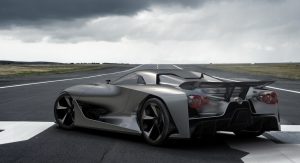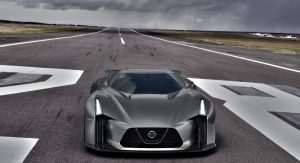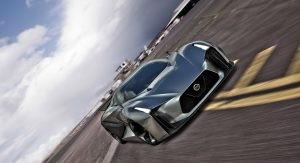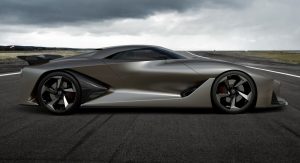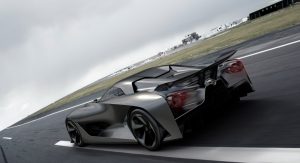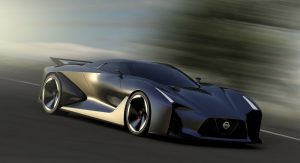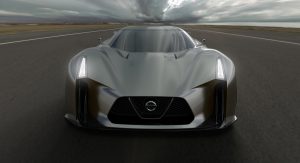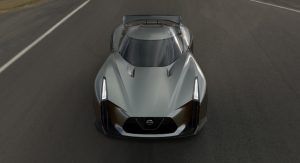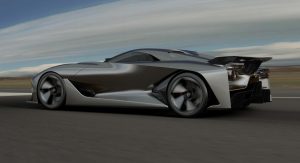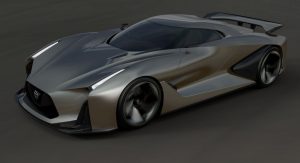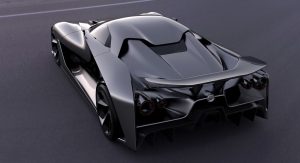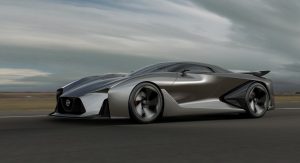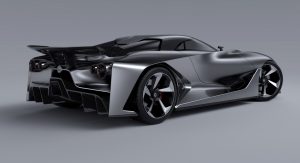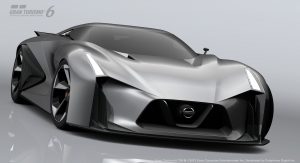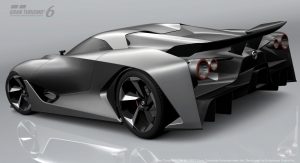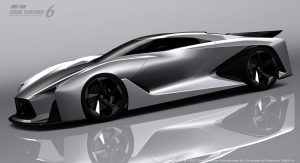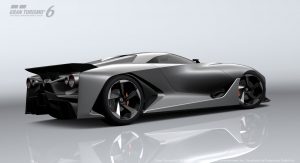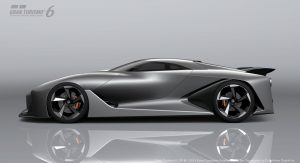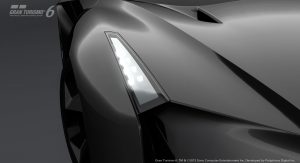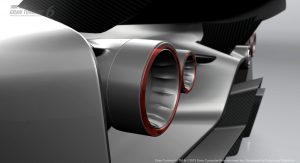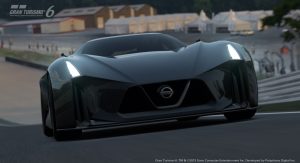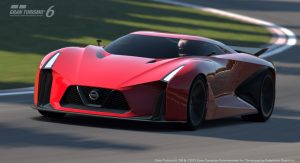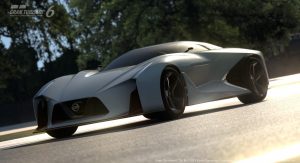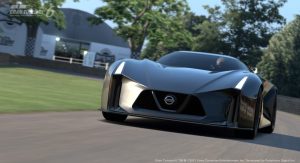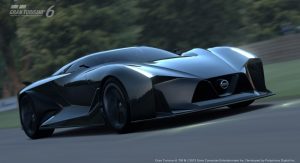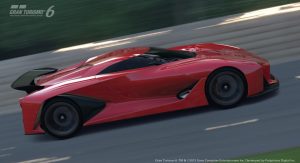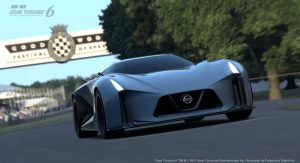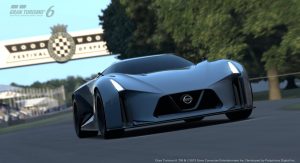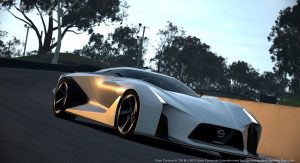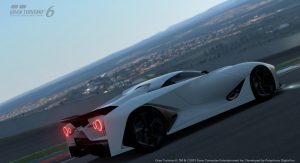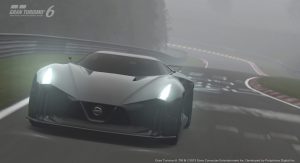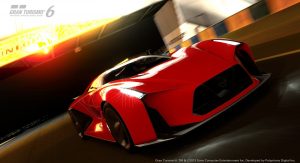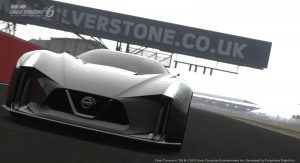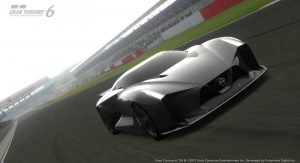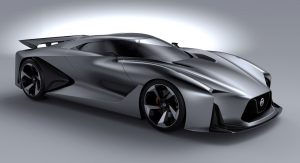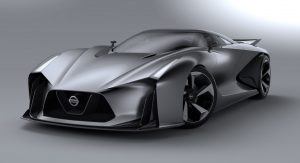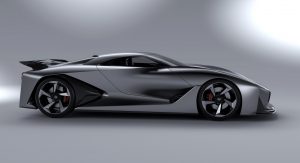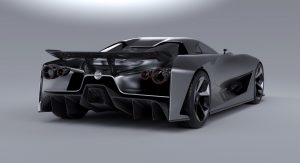Nissan is brewing up a replacement for its lauded GT-R with the brand’s execs essentially confirming the use of a hybrid powertrain.
Nissan Great Britain’s sports car chief, James Oliver, spoke to Top Gear magazine and said the next GT-R, codenamed R36, will “embrace electric power” and be even faster than the already outrageously fast R35.
“I think it [a GT-R hybrid] is the obvious direction,” Oliver told the publication. “There’s been obsessive development of the GT-R over the years, and at some point we will move onto the next generation car. The overall market is looking at different methods of powering cars, and at Nissan we’ve got great expertise and investment of electric.
“We already have the capability in terms of battery production and electric vehicle technology, so I don’t think it’s a great stretch to think a future performance product would have some of that tech incorporated into it,” he added.
“When the R35 launched in 2009 it was a massive leap forward, and we need to make sure when the next generation comes, it’s a similar leap forward. Not just the car itself, but the overall effect for Nissan,” Oliver explained.
While the Nissan chief declined to disclose details about the R36’s powerhouse, we think that it will be closely related to the new unit found in the Infiniti Q80 Concept from the 2014 Paris Auto Show.
Infiniti’s four-door coupe study premiered a new high-performance hybrid powertrain consisting of a twin turbocharged 3.0-liter V6 and an electric motor for a combined 550hp. The next GT-R could feature the same or a similar setup – perhaps with one or more additional electric motors.
When asked about the sports car’s looks, Oliver pointed to Nissan’s Vision 2020 Concept for the Gran Turismo 6 racing game describing it as a “design study” for the GT-R R36. We interpret this as that the R36 will be heavily influenced from the concept pictured below.
He also answered a question in regards to Nissan’s pricing policy stating that, “the overall approach will be performance on a par with much more expensive cars at a relatively affordable price”. That doesn’t really mean much, though, as in the U.S., for example, the GT-R’s entry price shot up by more than 45 percent over the years, from $69,850 in 2008, to $101,770 in 2014.
Oliver didn’t say when Nissan will release the R36, but Nissan’s chief creative officer Shiro Nakamura told Autocar that it’s “three to four years away”, which places its introduction in 2017 or 2018, at least a year later than what we previously thought.
Both Nakamura and Oliver confirmed a facelift for the current R35. “We’ve been improving it all the time,” said Nakamura, “and there’s still room to improve.”
Oliver said something along the same lines: “I think we need to keep developing it and squeezing every last ounce of performance out of it. I think that our customers really value and respect the fact that it’s being constantly honed and refined.”
This means the partially camouflaged GT-R with the modified front end that we spied earlier this month in Germany is likely the facelifted model mentioned by the Nissan execs.
*Note: Nissan Vision 2020 Concept pictured




